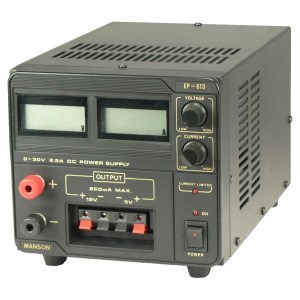Electronic
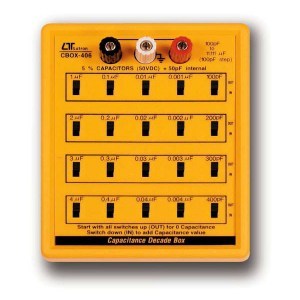
Decade Box
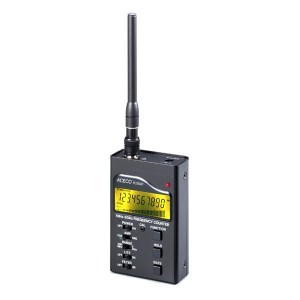
Frequency Counter
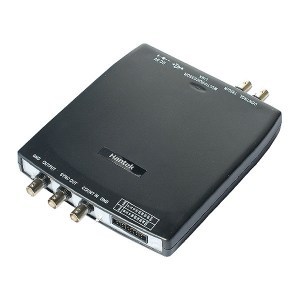
Function / Signal Generator
Arbitrary Waveform Generator
In electronic testing, an arbitrary waveform generator (AWG) is a piece of equipment used to create electrical waveforms. These waveforms can be repeating or single-shot, and in either instance, some triggering source, whether internal or external, is required. It is possible to inject waveforms into a device under test and analyze them as they pass through it, verifying the equipment's regular operation or identifying and pinpointing a flaw in the device.
Solve Measurement Challenges:
An arbitrary waveform generator produces driving signals that are more complicated than standard periodic signals. It is used to solve measurement issues that necessitate signals with a higher level of complexity than standard periodic signals. It gives users complete control over the structure of a signal because they may define it sample by sample.
A gadget must be tested using a real-world signal that contains noise and defects. This allows them to adjust spectral or temporal aspects and create the response of a device under test. Specifically, this is required in quantum technology, where signal shapes must be optimized to achieve maximum fidelity when manipulating quantum states.
How does it Work?
Digital data can be used to generate waveforms using the Arbitrary Waveform Generator. As a result, the AWG can create waveforms of almost any type with high precision and accuracy. The DDS (Direct Digital Synthesis)-based Arbitrary Function Generator generates the most common test signals used in labs and design offices. The Arbitrary Waveform Generator has a wide range of frequencies and modulation options.
How to Determine Output?
The output stages of waveform generators are frequently diverse. Adding a differential amplifier can extend the peak-to-peak voltage range. Another alternative is to use a Balun to convert the DAC's balanced output to a single-ended signal.
Finally, connecting the DAC's outputs directly to the instrument's output connectors is possible. It is possible to add capacitors to protect the DAC from common-mode voltages or eliminate them. There are two ways in which adding an amplifier or a capacitor to an instrument will limit the instrument's frequency response.
Benefits of Arbitrary Waveform Generators:
Applying the correct stimuli to the DUT and observing how it responds is essential for testing an electrical or electronic device or system. Occasionally, external stimuli are used, although this is unusual. Specialized equipment must usually create a set of signals. The DUT's operational range and validity can be developed and validated using these sources' wide range of stimuli.
An AWG can generate any signal, thereby delivering the ultimate customer solution. Testing each module early in the development process in the most realistic conditions is the ideal scenario. However, in some circumstances, "golden" devices can be used to generate the proper signals but are challenging to regulate.
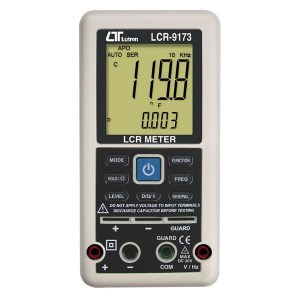
LCR Meter
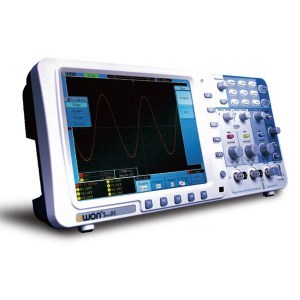
Oscilloscope - Desktop / Bench
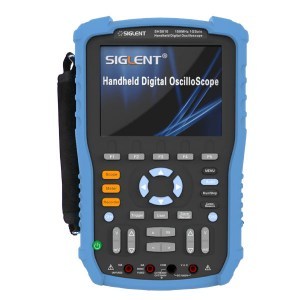
Oscilloscope - Handheld / Portable
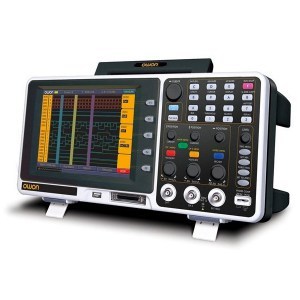
Oscilloscope - Logic Analyer
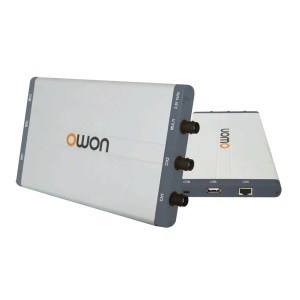
Oscilloscope - PC Scope
